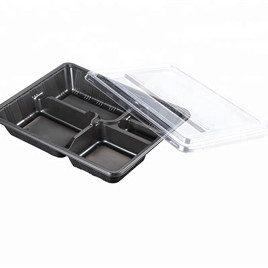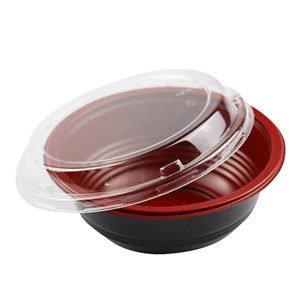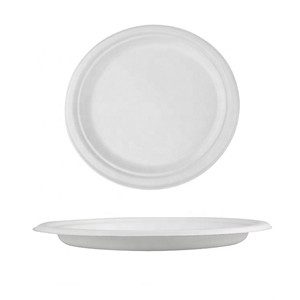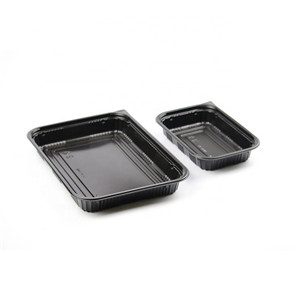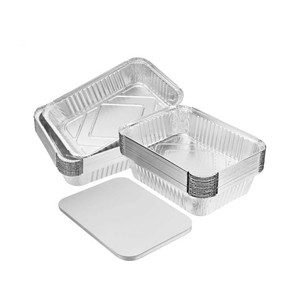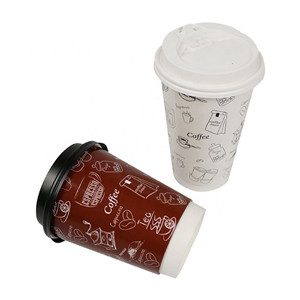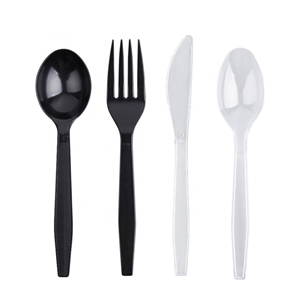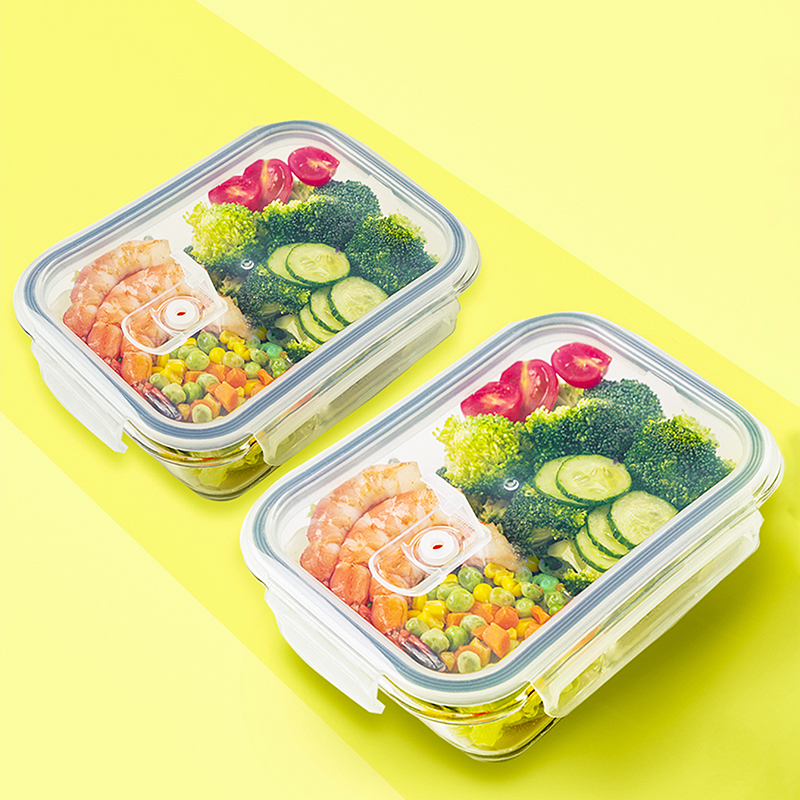Introduction: In today’s fast-paced world, plastic food containers have become an indispensable part of our lives. From preserving leftovers to organizing meal prep, these versatile containers offer convenience and efficiency like no other. In this blog, we will explore the various uses and advantages of plastic food containers, making them the preferred storage solution for modern households.
- The Many Applications of Plastic Food Containers Plastic food containers come in a wide range of shapes and sizes, making them suitable for diverse applications. They are commonly used for storing perishable food items, such as fruits, vegetables, and cooked meals. Additionally, these containers are ideal for packing snacks, carrying lunches, and even freezing food for long-term storage. Their airtight seals ensure food remains fresh and free from contamination.
- Materials Matter: Understanding Food-Safe Plastics Concerns have been raised regarding the safety of using plastic food containers. However, it’s essential to differentiate between food-safe plastics and those containing harmful substances like BPA. Manufacturers produce food-grade plastic containers using materials such as polypropylene (PP) and high-density polyethylene (HDPE), which are free from harmful chemicals. Consumers can identify these containers by checking for the “food-safe” symbol on the packaging.
- Advantages of Plastic Food Containers Plastic food containers offer several advantages that make them a popular choice:
- Lightweight and portable, making them convenient for on-the-go use.
- Transparent design allows users to identify the contents easily.
- Reusable and durable, reducing the need for single-use packaging.
- Microwave and dishwasher safe for added convenience.
- Stackable design saves space in the kitchen or refrigerator.
- Addressing Environmental Concerns While plastic food containers offer convenience, we must also consider their environmental impact. Recycling is an essential step in reducing plastic waste. Additionally, consumers can opt for eco-friendly alternatives like reusable glass or stainless-steel containers. Choosing durable, long-lasting plastics also helps to minimize single-use plastic consumption.
Conclusion: Plastic food containers have revolutionized food storage, catering to the modern lifestyle’s demands. By understanding the materials used and opting for food-safe plastics, consumers can safely enjoy the benefits of these containers. However, it is equally vital for us to be conscious of environmental issues and make informed choices that align with sustainable practices.


